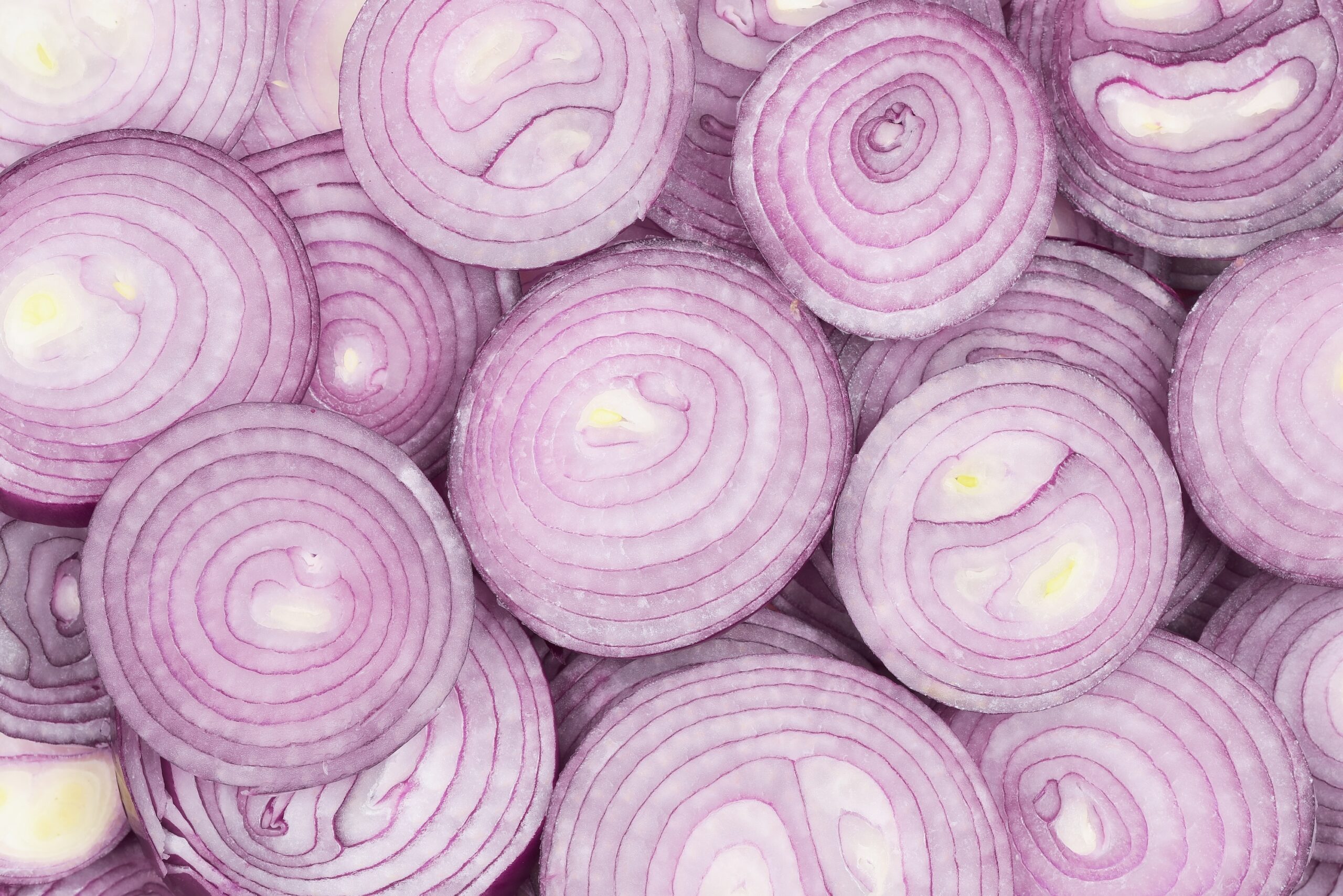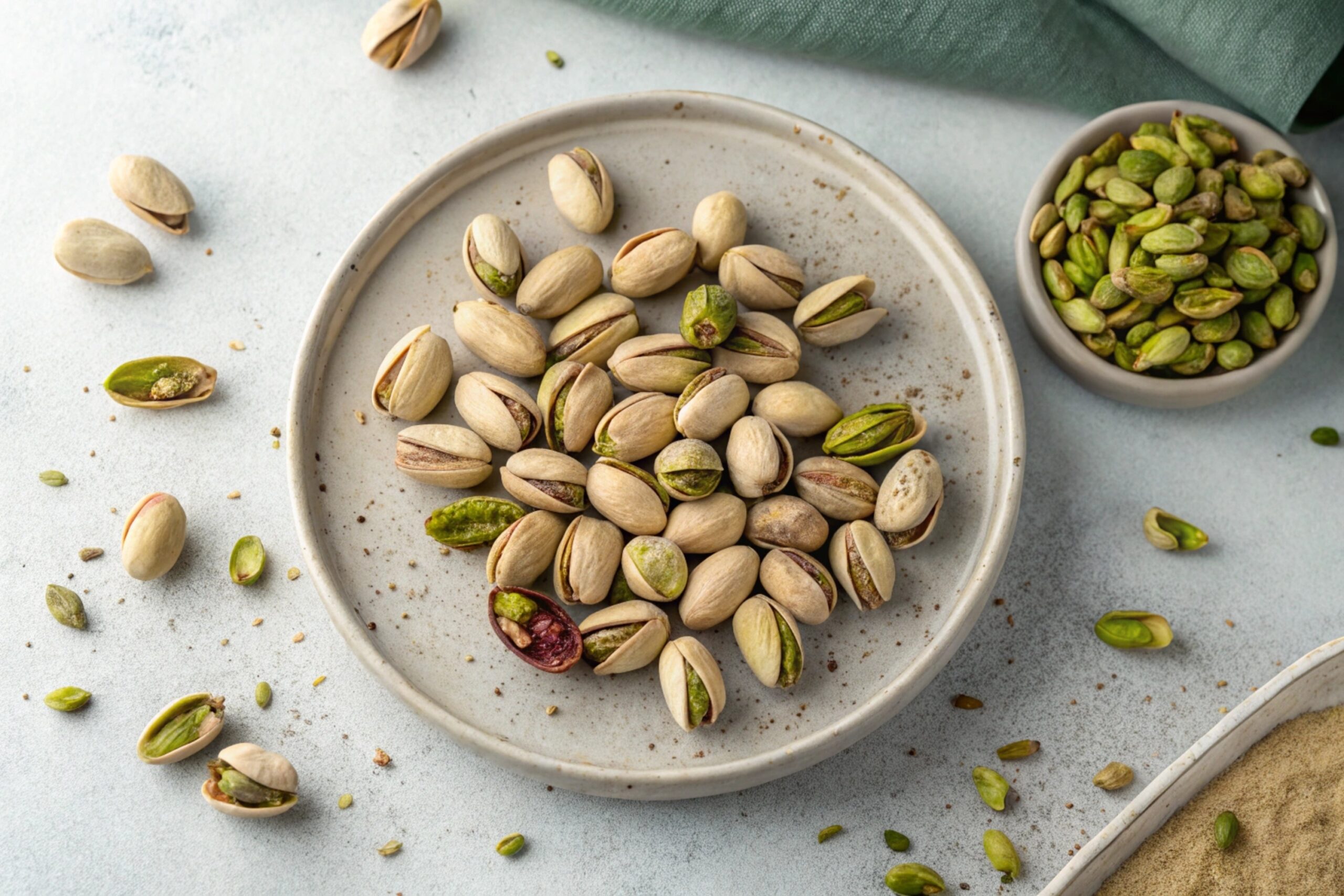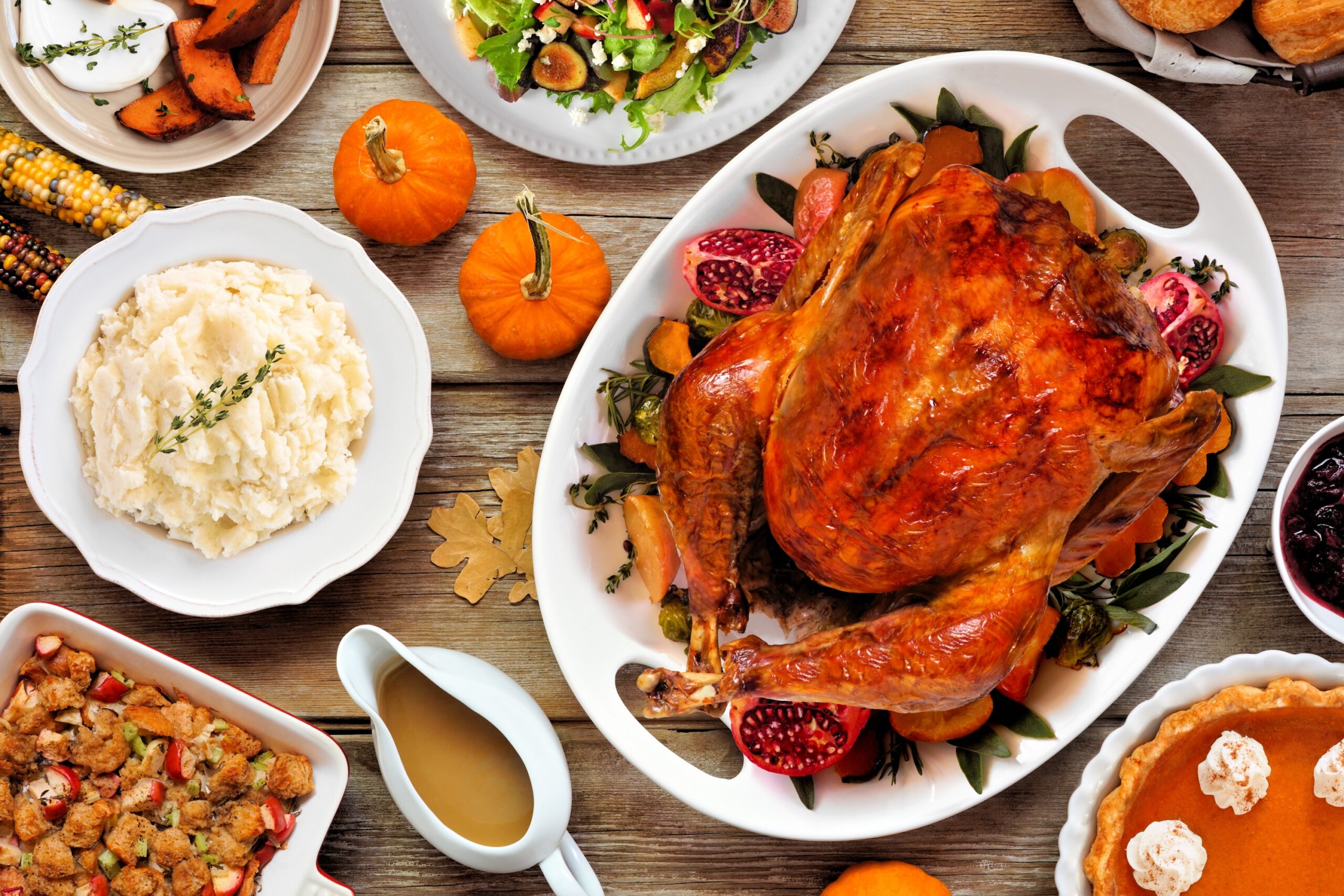What you’ll learn:
- Pumpkin pie can be part of a balanced diet because all foods can be a part of a healthy diet in moderation.
- Simple ingredient swaps like using pure maple syrup instead of sugar and low-fat dairy or certain dairy-free alternatives can make pumpkin pie a healthier option.
- Practicing mindful eating can enhance your enjoyment of pumpkin pie while keeping you aligned with your health goals.
As the holidays approach, you’re probably starting to crave that classic autumn treat—pumpkin pie. But with its sweet, creamy filling and buttery crust, you might wonder if it’s a healthy choice. While it’s true that traditional recipes can pack in lots of sugar, there’s more to this seasonal favorite than meets the eye. Pumpkin itself is a nutritional powerhouse, brimming with vitamins, fiber, and antioxidants that support overall health.
At Noom, we believe in enjoying food mindfully, especially during the holidays. Nothing is off limits, but it’s always best to eat with nutrient density and satiety in mind. Our approach focuses on helping you understand the nutritional value of what you’re eating and make informed choices that align with your health goals.
Pumpkin pie can be part of a balanced diet when you enjoy it in moderation. You could also opt to prepare it with more wholesome ingredients. Read on to learn how you can savor your favorite holiday treats without derailing your health journey.
The nutritional value of pumpkin pie
When you’re craving a slice of pumpkin pie, it’s helpful to understand what’s in it. A traditional, no-frills pumpkin pie combines canned pumpkin puree, sugar, eggs, milk or cream, and spices baked in a flaky crust.
What does that mean in terms of calories and nutritional content? Let’s break it down. According to USDA data, one slice of commercially prepared pumpkin pie (about 150 grams) has approximately 374 calories, 14 grams of fat, 54 grams of carbohydrates (with 36 grams of sugar), and 2.5 grams of fiber.
Although it’s high in carbs, sugar, and fat, it also contains a number of nutrients (thanks, pumpkin!)
Is pumpkin pie healthy?
Pumpkin, the star ingredient of your favorite fall pie, offers a wide range of nutrients, including vitamins A and E. It also contains some fiber, which might help you feel fuller longer.
But how much of these nutrients end up in a standard slice of pie? Let’s take a look:
- Vitamin A: A slice of pumpkin pie has a lot of vitamin A (490 micrograms). That’s more than half of the recommended dietary allowance (RDA)! Found in your favorite yellow-orange veggies, like carrots, vitamin A can help keep your vision sharp, especially in low light.
- Vitamin E: Vitamin E can be beneficial for your skin, supporting its natural moisture barrier and keeping it looking fresh and vibrant. A slice of pumpkin pie contains about 1-1.5 milligrams of vitamin E. That’s about 7-10% of the RDA.
- Fiber: A slice of pumpkin pie offers 2.5 grams of fiber. While it’s not considered a high-fiber food, fiber supports satiety and digestion.
- Potassium: Pumpkin’s potassium content, at about 6.5% of the RDA per slice, is good news for your heart. Potassium supports healthy blood pressure levels.
- Essential minerals: A slice of pumpkin pie also contains a good amount of phosphorus, calcium, and iron. These minerals can help keep your bones strong and contribute to overall health and resilience.
Pumpkin pie: Nutritious swaps
While pumpkin has all these key nutrients, it’s important to keep in mind that it’s not the only ingredient in pumpkin pie. It also typically contains a good amount of sugar, full-fat dairy, and a buttery crust. The amount of sugar, types of fat, and type of flour used can influence how healthy it is. Let’s explore how we can tweak these for a healthier pie:
- Try natural sweeteners: Swapping white sugar for pure maple syrup or honey adds more than just sweetness; it brings in a few extra nutrients and richer flavor. Many healthy pumpkin pie recipes go with maple syrup as a natural choice.
- Lighten up the creaminess: To get that smooth, creamy texture with less fat, consider using Greek yogurt instead of heavy cream. You’ll keep the richness with fewer calories.
- Upgrade your crust: A whole grain or nut-based crust boosts fiber, or you could skip the crust entirely. A crustless pumpkin pie keeps the focus on that pumpkin goodness and makes for a fiber-rich, lower-calorie, and lower-carb option.
- Spice it up. Go beyond the usual cinnamon and nutmeg. A dash of cardamom or a sprinkle of fresh ginger can add depth and warmth to your pie, enhancing flavor without extra calories.
- Experiment with veggie power. Try mixing pureed butternut squash or sweet potato with your pumpkin. These veggies blend seamlessly without changing the taste you love.
- Get creative with your topping. Instead of whipped cream, try a dollop of Greek yogurt mixed with a touch of vanilla extract. It’s creamy, tangy, and packed with protein.
- Sneak in some secret ingredients. Pureed white beans can give your filling an undetectable boost of protein and fiber. Try this recipe, which also sneaks in some chia seeds!
Looking for healthier pumpkin pie recipes that use some of these tricks? Search for the following recipes in the Noom app or try the linked alternatives if you aren’t a subscriber yet:
- Ginger Pumpkin Pie or Lighter Libby’s Pumpkin Pie
- Crustless Pumpkin Pie, or try this similar recipe.
- Pumpkin Pie in a Cup, or try this one.
With a few ingredient swaps, you can whip up a pumpkin pie that’s delicious and more nutritious. And remember, Noom’s here to help you enjoy holiday treats while keeping your weight management goals in mind.
Is pumpkin pie healthier than apple pie or pecan pie?
When the holidays roll around, you might find yourself eyeing pumpkin, apple, and pecan pies on the dessert table. If you’re curious about how these two stack up nutritionally, let’s take a closer look together (different recipes might vary):
| Nutrient (per slice) | Pumpkin pie (120-150g slice) | Apple pie (120-150g slice) | Pecan pie (120-150g slice) |
|---|---|---|---|
| Calories | 280-320 calories | 300-350 calories | 500-550 calories |
| Total sugar | 25-30 grams | 30-35 grams | 35-40 grams |
| Total fat | 12-15 grams | 14-18 grams | 25-30 grams |
| Fiber | 2-3 grams | 3-4 grams | 2-3 grams |
So, which pie is the healthier choice? All three pies contain similar amounts of sugar, so savoring them in moderation is key. Ultimately, pumpkin pie edges out the other nutritionally. Pumpkin pie (depending on the recipe) generally has fewer calories and less fat and sugar than apple pie and pecan pie. Plus, pumpkin pie offers unique nutritional benefits with vitamins and nutrients like vitamin A, vitamin C, and potassium. These extra nutrients make pumpkin pie make a pumpkin pie a solid choice if you enjoy it and want to choose a slightly healthier option. But, enjoying any type of pie can be part of a balanced holiday meal. Just keep an eye on your portion size to make it a health-conscious choice.
Practicing mindful eating with pumpkin pie
When it comes to enjoying that slice of pumpkin pie or any other Thanksgiving dish, being present and aware can make all the difference. Conscious consumption isn’t about restriction—it’s about enhancing your enjoyment and truly connecting with your food.
Try these tips to savor your pumpkin pie with intention:
- Take a moment to appreciate your slice of pie. Notice its color, texture, and the cozy aroma. Engaging your senses before you take a bite can make the experience richer.
- Find a comfortable spot to sit and enjoy your dessert. Even if it’s a small slice, sitting down with a plate can help you focus fully on your food.
- Take smaller bites and chew slowly. Slowing down helps you notice flavors and textures, and you might enjoy it more.
- Rest your fork between bites. Pausing naturally paces your eating, allowing you to appreciate each bite fully.
- Check in with yourself. As you pause, consider whether you’re feeling satisfied. If you are, it’s okay to stop, even if there’s still pie left.
The goal isn’t to avoid pumpkin pie altogether; restrictive eating often leads to the opposite of what you intend. Instead, finding a balance lets you enjoy your favorite treats while staying aligned with your health goals.
At Noom, we believe conscious eating goes beyond just the moment of indulgence. Our tools can help you plan holiday treats, track meals, and stay connected to your goals. By bringing more awareness to your daily eating habits, you can embrace the holiday season without missing out on the joy of seasonal treats.
Enjoy your pumpkin pie at Thanksgiving
Pumpkin pie can be a part of a balanced Thanksgiving meal. With vitamins, fiber, and antioxidants, it can also add some nutrition to your dessert plate. By making simple ingredient swaps and practicing mindful eating, you can savor this seasonal favorite while continuing to work towards your wellness goals. Remember, it’s all about balance—enjoying your pie in moderation while being aware of what’s in your food can help you build a healthy relationship with eating.
Feeling a bit nervous about holiday treats? Don’t worry; we’ve got your back. Noom’s personalized approach can help you make smart choices about treats like pumpkin pie while working towards your long-term wellness. Our tools and resources are designed to support you in building habits that stick around long after the decorations come down.
Why not take the first step towards a healthier you today? Fill out our questionnaire to see how Noom can fit into your life and help you enjoy all your favorite foods guilt-free.
Why you can trust us
At Noom, we’re committed to providing health information that’s grounded in reliable science and expert review. Our content is created with the support of qualified professionals and based on well-established research from trusted medical and scientific organizations. Learn more about the experts behind our content on our Health Expert Team page.




 Noom Team
Noom Team


 Melissa Kay
Melissa Kay

